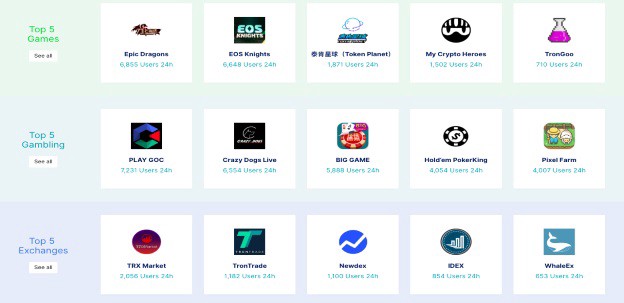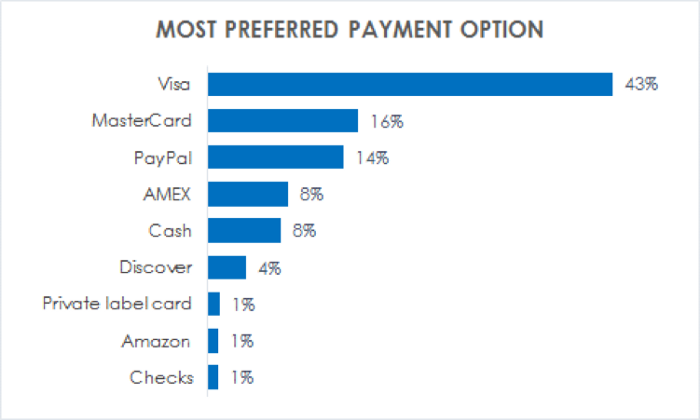Blockchain has already proven it can move money, settle payments, and tokenize assets globally. The next evolution is broader — connecting financial systems directly to real economic activity: recurring revenues, loans, leases, and operating cashflows that reflect how business actually works.
That’s where blockchain stops being a trading layer and becomes financial infrastructure.
From Code to Cashflows
I’m focused on translating real-world financial activity into programmable, blockchain-native form.
• Capture verified financial events — rents, payments, revenues — at the source
• Convert those flows into structured, tradable digital assets
• Automate that process continuously, without manual friction
When that happens, blockchain stops running parallel to the economy and starts powering it.
Reconciliation becomes real-time. Audits become code. Liquidity moves instantly toward assets that prove performance.
A Practical Example
Take a car rental company.
Every month, 100 cars generate rental income. Today that data sits in an accounting system. Tomorrow, it can flow directly onto blockchain rails.
Once structured and verified, investors can buy exposure to those income streams — transparently and at scale. The same applies to loans, royalties, energy projects, or manufacturing revenues.
That’s where tokenization becomes practical finance, not theory.
Why Now
Five years ago, infrastructure was fragmented — APIs, payment systems, and accounting platforms weren’t built for blockchain.
Today, the landscape has matured.
• Payment and accounting APIs have scaled (Plaid, Ramp, Stripe, Circle, Chainlink).
• Real-time reporting and treasury automation make financial data portable.
• Integration tools now let those data streams sync continuously.
Liquidity remains abundant, but yield is scarce. The next wave of capital formation moves toward verified, real-world performance data — and blockchain provides the rails for it to happen faster and cleaner.
What We’re Building
Our work centers on the middleware layer — the connective tissue between enterprise finance systems and blockchain infrastructure:
• Onboard verified financial flows automatically
• Structure them into standardized, blockchain-compatible representations
• Enable institutions to trade, finance, or collateralize real assets in near-real time
This isn’t about creating tokens. It’s about building infrastructure that lets real businesses access global capital with the precision of software.
The Broader Vision
In ten years, the companies that dominate finance won’t call themselves “blockchain companies.” They’ll simply operate on-chain by default — where accuracy, speed, and liquidity converge.
When financial data becomes programmable, finance becomes faster, transparent, and fully connected.
#Blockchain #Fintech #Tokenization #RWA #Infrastructure #GeorgePopescu



